Rustic Learning: Machine Learning in Rust Part 2: Regression and Classification
Towards AI
APRIL 5, 2023
The articles cover a range of topics, from the basics of Rust to more advanced machine learning concepts, and provide practical examples to help readers get started with implementing ML algorithms in Rust. This makes it easier for developers to understand and debug their machine learning models.





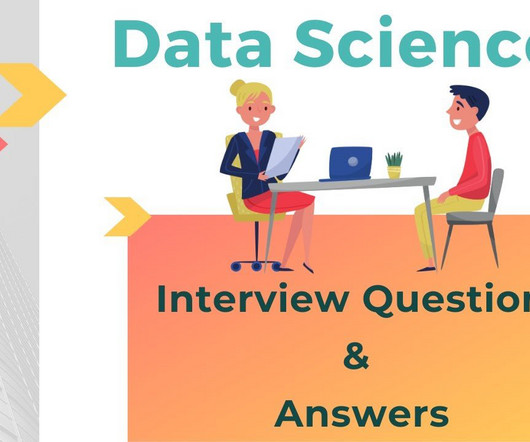
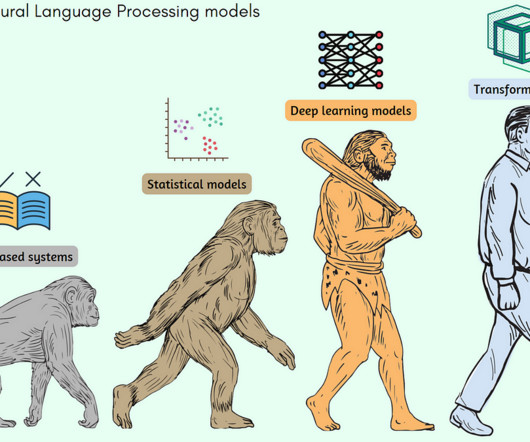



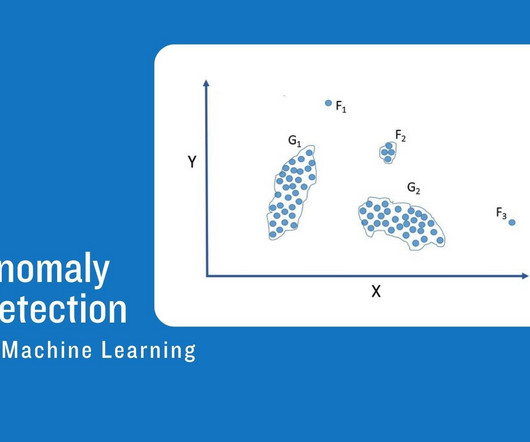
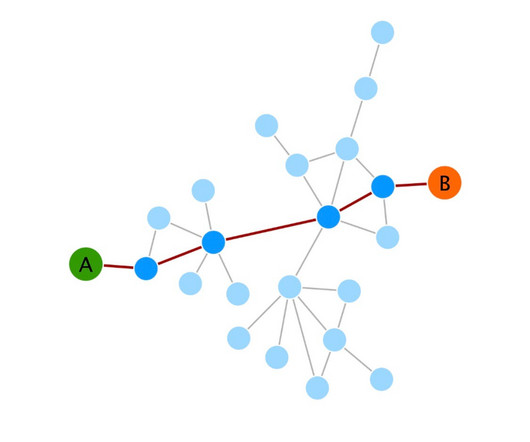



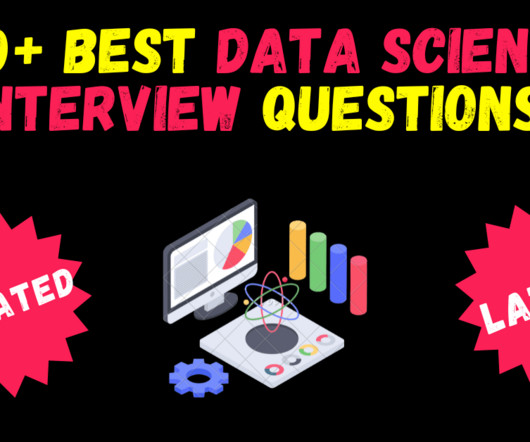
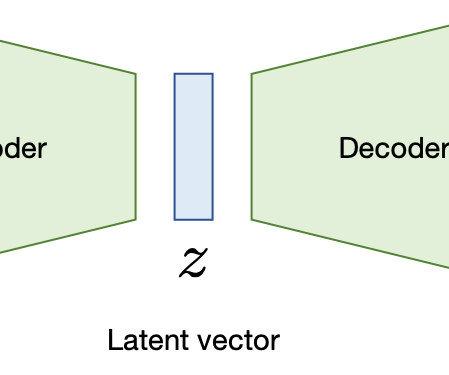






Let's personalize your content